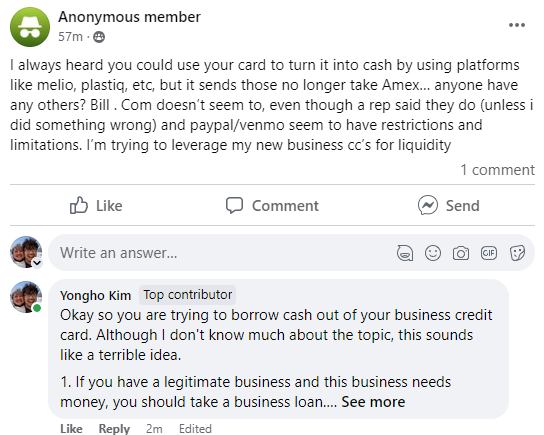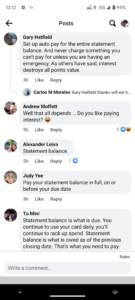Gemini summary of discussion on
Meeting Purpose & Context:
The meeting centers around discussing an article written by Mitchell. Speaker 1 introduces the article as a courageous piece analyzing the current state of grassroots organizing and activism, particularly addressing challenges, errors, and conceptual understanding within the movement.
Article Introduction & Initial Framing (Speaker 1):
- Courage: Speaker 1 acknowledges the bravery required to publish such a critical self-assessment of the movement in the current climate.
- Not a Fix-All: The article is positioned not as a definitive solution, but as a catalyst to trigger critical conversations and dialogue necessary for the movement.
- Framework & Critique: While valuable for providing a framework to understand current dynamics, the article’s language is noted as academic (using terms like “neoliberal”), potentially making it inaccessible to the broader community.
- Meeting Goal: The group aims to unpack the article over potentially four sessions to understand its analysis of organizational health, stability, building power, and making meaning of their work.
- Relevance: The discussion is relevant nationally, as many organizations grapple with sustainability, burnout, connecting personal experiences to larger fights (mentioning “transformal C” – likely Transformative Justice or similar), and navigating contradictions (e.g., working with challenging coalition partners or candidates, referencing work with Jasmine).
- Target Audience/Context: The discussion is particularly relevant for the “younger table” (meaning newer members finding their role/purpose, not necessarily age) and for building relationships within their alliance. These are complex questions even for experienced organizers.
- Desired Outcome: To foster open dialogue and understand why these challenges exist.
Initial Reactions & Discussion (Speakers 3, 2, 1):
- Speaker 3: Wrestles with the academic language vs. community accessibility. Connects neoliberalism directly to the existence and problems of the non-profit industrial complex. Highlights the privilege the group has in being able to even have these conversations, contrasting it with relatives in advocacy/elected roles who cannot.
- Speaker 2: Recalls reading part of the article before, finding it “thick” but relevant to observed issues in coalitions and internal organizational tensions (like self-critique). Believes discussion will make it relatable.
- Speaker 3 (on “Younger Table”): Probes Speaker 1’s comment about the “younger table.” Contrasts it with their own experience where activism is an intrinsic part of identity and worldview (“this is who I am”), not something needing exploration. Wants to unpack this difference in how people come to the work.
- Speaker 1 (Response): Clarifies that while worldview is fundamental, the article helps understand how existing structures (non-profits, C3/C4/PACs, unions, NPIC, neoliberalism) create inherent barriers and contradictions that make it hard for anyone, especially those newer to the movement, to fully exercise their worldview and achieve change. Uses the example of trying to build power in a C3 structure and how people get conditioned. Mentions NALEO as an example of potentially exclusionary structures, emphasizing that infrastructure impacts access and governance. The essay helps understand why these struggles occur.
Reading Plan & Logistics:
- The group agrees to read the introductory section and the “Roots of the Crisis” section, stopping before the detailed breakdown of the seven trends. The endpoint is the bullet point starting “The lack of management philosophy…”
- They allocate 15 minutes for silent reading.
- Future sessions will tackle 1-2 trends each, likely scheduled on Tuesdays (avoiding committee days).
- The planned flow for sessions is: Reading -> Journaling -> Small Group Discussion.
Post-Reading Discussion & Reflections:
- Speaker 7: Identifies a key theme: the contrast between toxic workspaces and healthy/transformative practices, and the disconnect between the world organizers are trying to build and their internal organizational realities.
- Speaker 2: Notes the article’s point about 60s movements being suppressed, leading to the 90s non-profit model. Relates it to KRC (Korean Resource Center), suggesting internal ideological splintering also played a role there, leading to an avoidance of ideology.
- Speaker 8: Highlights the tension between ideological grounding/analysis and practical skills/strategy (e.g., a great canvasser lacking ideological roots, or vice-versa). Feels this is a common challenge (“what comes first?”).
- Speaker 1: Connects this to ignoring “form for function.” Recalls past ideas (like at KRC) that ideology would develop through exposure, questioning this. Acknowledges space for growth but also the question of ideological alignment as a starting point.
- Community Building vs. Organizing: A discussion arises (sparked by Speaker 3’s surprise at skills coming before ideology) about motivations (money, college apps vs. inherent worldview). Speaker 2 mentions KRC attracting people for community without initial politicization. Speaker 1 shares KRC examples: senior program focus on free meals, internal debates on resource allocation (social activities like karaoke vs. organizing), and the ongoing tension between building community alone versus building community with a purpose toward power/change. Speaker 3 expresses having always seen community building as the vehicle for organizing, not a separate choice. Speaker 1 notes these varied experiences are part of the discussion.
- Author’s Position & Critique:
- Speaker 2 notes Mitchell’s likely established position allows him the privilege to offer critique without fear of repercussions (alienating colleagues/funders) that others might face.
- Speaker 3 acknowledges the danger in Mitchell speaking out, especially as a Black man, and relates to feeling similarly.
- Speaker 7 emphasizes reading with an open mind, as terms like “toxic” can be triggering if not contextualized by the author’s experience.
- Speaker 3 strongly agrees the movement can be toxic, personally and systemically.
- Speaker 5 finds it interesting how “toxic” is perceived more harshly in non-profits than in the private sector, where it might be more expected. This leads to agreement that expectations are different/higher for the movement, which is often contrasted against problematic private sector/capitalist/white supremacist norms.
- Speaker 7 concludes the movement hasn’t progressed enough internally to reflect its external values.
Journaling Prompts & Next Steps:
- Context for Prompts (Speaker 1): The “Roots of the Crisis” section highlights external forces (billionaire influence, competitive philanthropy models) creating conditions for toxicity, shifting focus from purely individual conflicts. Context allows for compassion and clarity. This connects to the group’s own ethos (Transform OC).
- Prompt 1: Identify external forces (beyond the 7 listed) impacting social justice organizations broadly, and specifically us (e.g., philanthropic models, forced partnerships). How do these forces impact dynamics?
- Prompt 2: How does it feel to place our experiences (often seen as just local) within a larger historical/global context? Does this shift perspective on moving forward?
- Clarification: These are big, “generational” questions; the goal is to begin unpacking them collectively.
- Logistics: 15 minutes allocated for journaling (until 3:30 PM). Followed by breaking into two small groups (one of 4, one of 3) to discuss their reflections. Group members are assigned.


